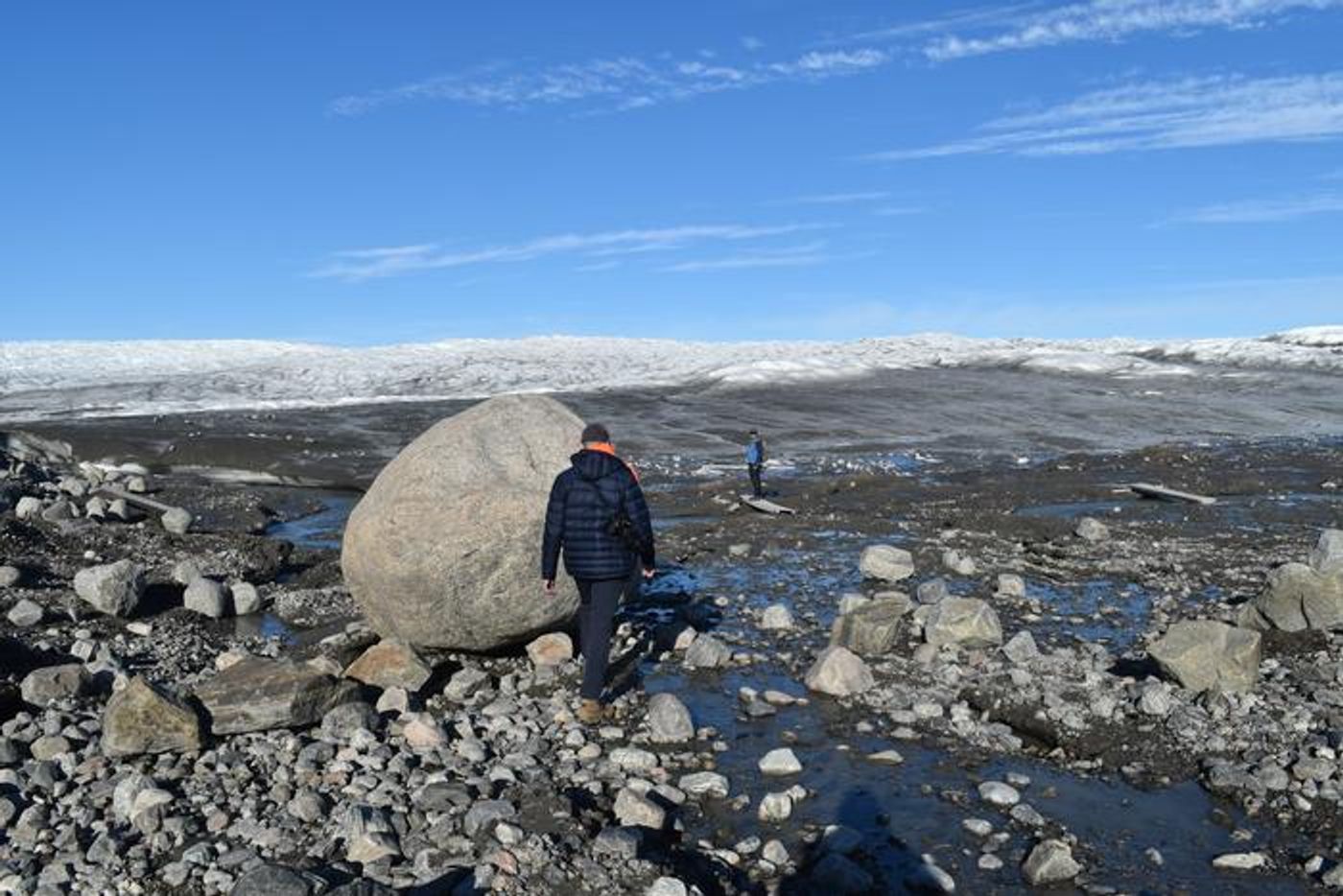Expanding What we Know About Earth's Climate History & Future
A study that took over seven years to complete was recently reported in Science by over 8o experts from sixteen countries; it has concluded that the last time atmospheric carbon dioxide were as high as they currently are was 14 million years ago. This atmospheric equivalent is in the more distant past than some other studies have suggested. The analysis went back through 66 million years of the Earth's past, and provided a more clear understanding of the climate in the Cenozoic era, about 55 to 66 million years ago. The findings also added to the evidence that the climate is very sensitive to changes in greenhouse gas levels.
It's long been known that the addition of carbon dioxide to the atmosphere increases temperatures, said consortium coordinator Bärbel Hönisch, a geochemist at Columbia University's Lamont-Doherty Earth Observatory. "This study gives us a much more robust idea of how sensitive the climate is over long time scales."
Estimates of future warming often use data from the past. This data is often obtained by analyzing gas bubbles that are trapped in ancient ice, which is retrieved from the depths of ice sheets in places like Greenland and Antarctica, where the ice can be miles thick.
New data was not collected in this work. Instead, the investigators assessed studies that have already been completed. Some work was excluded because it was out of date or incomplete based on current knowledge.
It has been suggested that when atmospheric levels of carbon dioxide double, average temperatures around the world will rise anywhere from 1.5 to 4.5° Celsius (C) or 2.7 to 8.1° Fahrenheit. Some recent work has indicated however, that the range is actually higher, and 3.6 to 6°C of climate warming could occur every time the levels of carbon dioxide in the air double. This latest study, however, has found that a doubling of carbon dioxide could actually raise temperatures from 5 to 8° C.
The level of atmospheric carbon dioxide was about 280 parts per million (ppm) in the late 1700s, while it is about 420 ppm now. By the end of the century, it may be as high as 600 ppm or more.
However, these are all still estimates, and climactic changes like this do not usually happen within the span of one human lifetime.
"If you want us to tell you what the temperature will be in the year 2100, this does not tell you that. But it does have a bearing on present climate policy," said study co-author Dana Royer, a paleoclimatologist at Wesleyan University. "It strengthens what we already thought we knew. It also tells us that there are sluggish, cascading effects that will last for thousands of years."
This study has also provided fresh insights into the climate in the distant past, around 66 million to 56 million years ago. The planet is thought to have been mostly ice-free and carbon dioxide levels at that time are thought to have been very high, about 600 to 700 parts per million. The study is another that shows, clearly, that drastic actions to reduce carbon dioxide levels are needed now.
Sources: Columbia Climate School, Science









